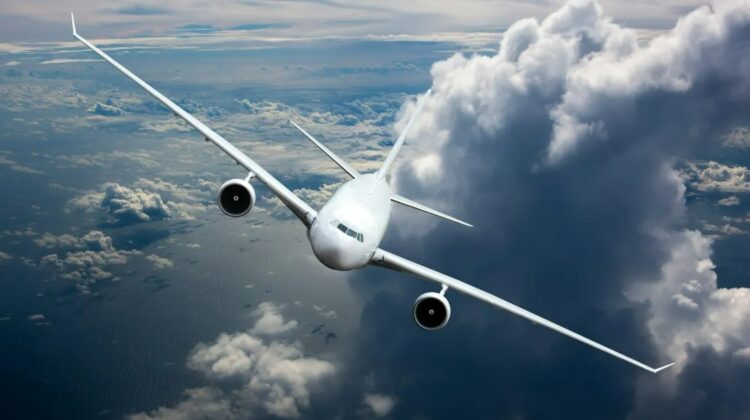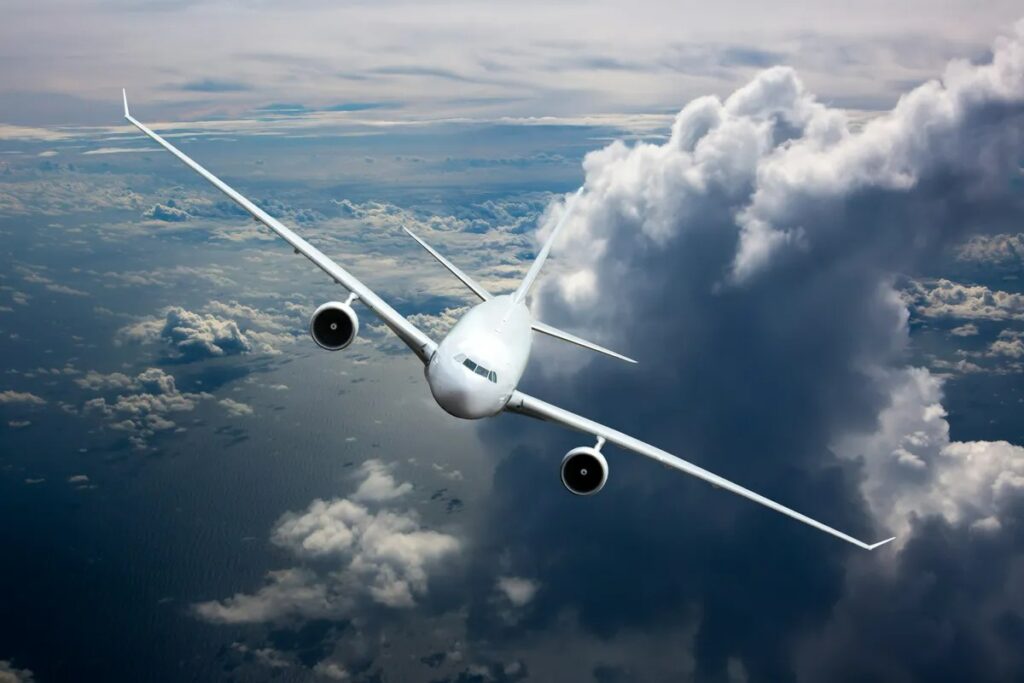
If you could actually do this, flight times would be the least of your concerns.
The internet is abuzz with a curious notion: why doesn’t flying against the rotation of the Earth speed up flight times? It’s a question that has sparked confusion among some, leading to misguided theories and misunderstandings about basic physics. Let’s unravel this conundrum and shed some light on why this idea doesn’t quite fly.

Recently, a post circulating online, attributed to a group that questions the Earth’s spherical nature, attempted to tackle this puzzling query. It proposed that since the Earth spins at a substantial speed, a plane flying against this rotation should reach its destination faster. Sounds logical, right? Well, not quite.
Firstly, let’s delve into a thought experiment. Picture yourself taking a giant leap into the air from the equator, where the Earth’s rotational speed is most significant. According to the aforementioned theory, you should land some distance to the west due to the Earth’s movement beneath you. However, reality paints a different picture. Objects, including humans, move with the Earth due to inertia – the tendency to maintain velocity unless acted upon by an external force.
Similarly, aircraft are not exempt from the laws of physics. They must overcome inertia to change direction or speed. When planes take off, they expend energy to navigate through the atmosphere and reach their destinations. In essence, flying against the Earth’s rotation doesn’t provide a free speed boost; it actually requires additional effort and time.
Another misconception in the discourse surrounds the idea of an inert atmosphere unaffected by Earth’s rotation. In reality, the Earth’s spin drags the atmosphere along, creating dynamic wind patterns that impact flight routes. Jet streams, for instance, are fast-flowing air currents in the upper atmosphere that can either aid or hinder aircraft depending on their direction.
Flying eastwards often benefits from jet streams, which are propelled by a combination of the Earth’s rotation and solar heating. The closer a flight path is to the equator, the faster the Earth spins, influencing the speed and direction of these air currents. Consequently, flights traveling with the Earth’s rotation may experience a slight time advantage due to favorable wind conditions.
In summary, while the Earth’s rotation indirectly influences flight times through atmospheric dynamics, the notion of simply waiting for the Earth to whisk a plane to its destination is pure fantasy. In the realm of physics, there are no shortcuts – only a complex interplay of forces shaping our journey through the skies. So next time you’re puzzled by the mysteries of flight, remember: it’s not magic, it’s science.

Leave a Reply